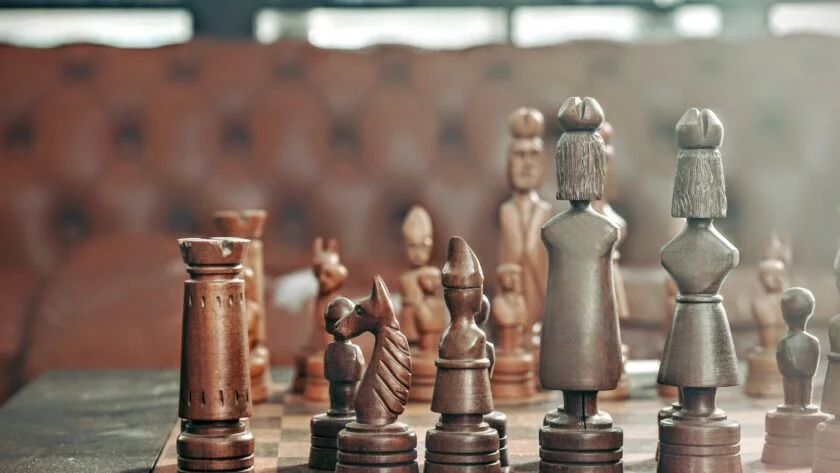India is described as a “Socialist, Secular, Democratic, Republic,” emphasizing diversity. However, having diverse laws is seen as unfair. Implementing a Uniform Civil Code is essential for genuine secularism, as it would establish laws that apply to everyone regardless of faith. This shift is crucial in ending discrimination based on identity and promoting national unity.
The prevailing social framework in India is marked by inequalities and divisions that contradict our Fundamental Rights, necessitating a change. Along with time, there has been a growing need for a Uniform Civil Code to safeguard the critical and constitutional rights of all citizens, regardless of their religion. The absence of a standardized civil code hampers the goal of achieving true democracy, demanding immediate action.
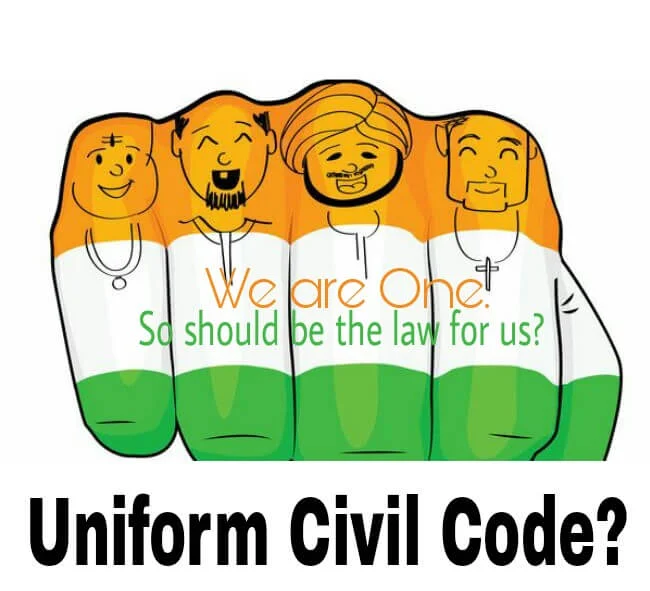
Postmodernism Faceoff
The rise of postmodernism now derives power from portraying oneself as a victim based on race, religion, or gender. This power is exerted by collectively shaming those perceived as different, creating a division between groups, and redefining human relationships based on an oppressor-oppressed dynamic.
As a result, the postmodernist New Left gains power from group identities at the expense of the individual. Another source of power for postmodernist ideologies lies in distorting values. Postmodernists deconstruct traditional values, especially through spoken and written text analysis and replace them with new and disruptive interpretations.
The time demands thinking of group interests and refusing to bow to the pressure of religion-oriented personal laws. Crucial for the stability of society are political courage, vision, and commitment to equality. These efforts are necessary not only in professional and public life but also within the home. Maintaining societal stability hinges on individuals preserving just and equitable relationships.

Implementation of the Code
A nation’s legal system governing these relationships significantly impacts the social advancement of its citizens. Family law, religious laws, and customs are vital in shaping the interaction between law and social transformation in a developing country. The state is responsible for making efforts to establish a Uniform Civil Code. This code aims to ensure the preservation of national unity and stability. It also seeks to adapt personal laws to reflect the evolving values of modern society.
Article 44 of the Constitution mandates the state to implement a Uniform Civil Code, making it a legal matter as per the highest law of the land. A single Constitution, unified citizenship, a common flag, and a shared law represent the idea of nationhood.
Gradually accomplishing the development of a common civil code is challenging and requires statesmanship, as demonstrated by the country in the past. However, enacting a Uniform Civil Code, given its sensitive nature, should be preceded by an evolutionary process of reform, codification, and simplification of existing personal laws.
The creation of favourable conditions for such a process also necessitates a change in the mindset of the people. Caste, which is an old Indian cooperative and cultural principle, has been turned into a code of social conflict. The new self-styled social justice intellectuals and parties do not want an India without castes. They want castes without ‘Dharma’.
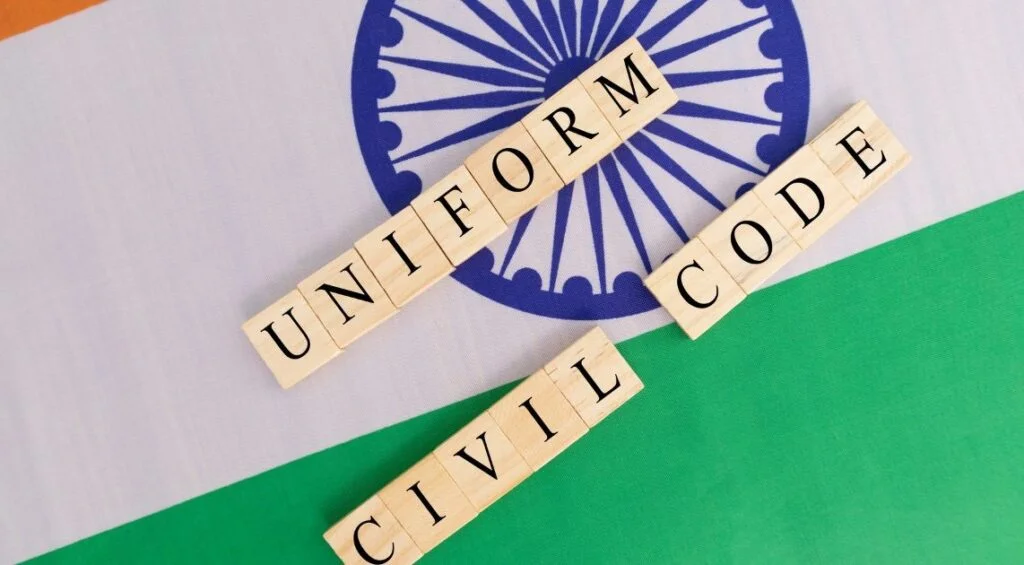
Hinduism – Not a Religion
Hinduism is not just a way of life. It is not merely a grand and immensely complex culture. It transcends these descriptions, representing something more profound. Hinduism is a very intelligent and organic system. It dedicates itself to acquiring knowledge, processing that acquired knowledge, and ultimately formulating that processed knowledge into concepts. These concepts provide a comprehensive understanding of one’s Self and the Universe.
Conforming to the very fundamentals of human existence is a skill set. An affirmation of this Indic worldview, this dharmic orientation, can potentially resolve postmodern madness and save lives. Progress now demands a deep study of the Indian and other Asian models for a stable plural social system with a decolonized social narrative. It is perhaps time to end the obsession with European models and attempt to build our indigenous understanding.
Rajiv Malhotra, for instance, has offered the example of the Indian “Jati” system in his book Being Different. This system, which used to ensure divergent laws across communities in India, helped maintain cultural diversity and pluralism for thousands of years despite the non-existence of any artificial separation of the public sphere and private sphere. Instead of debating true secularism, wrong secularism, or pseudo-secularism, we should engage in a discussion about modes of ascertaining pluralism in society that go beyond secularism.
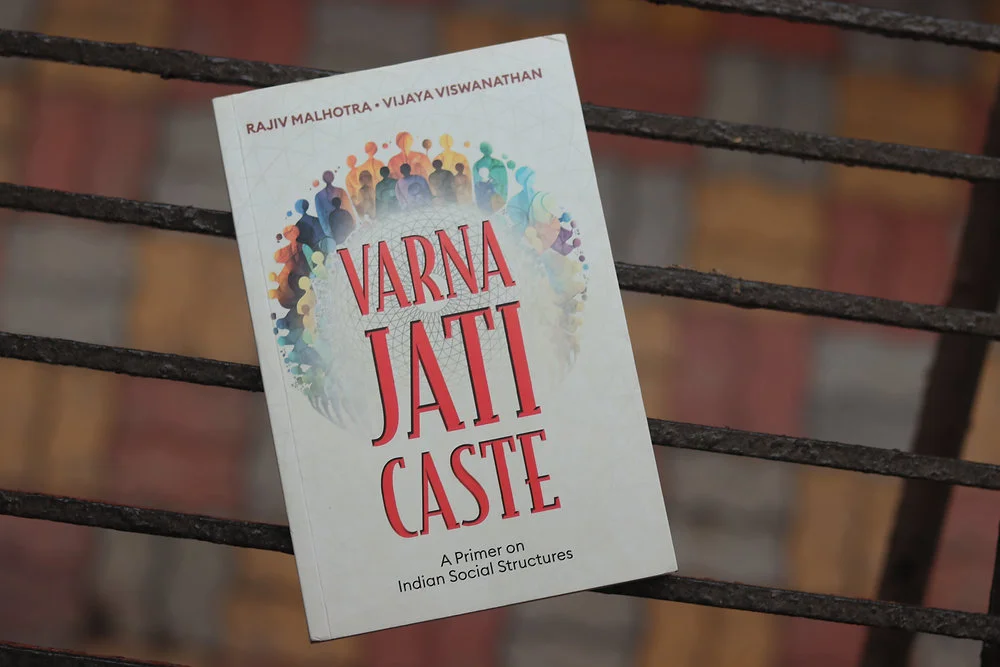
Many often depict Hinduism as regressive, old-fashioned, filled with superstitions, and exhibiting growing intolerance. They frequently use paradoxical terms like “Hindu fundamentalism” or “Hindu fanaticism” without recognizing that Hinduism lacks identifiable “fundamentals,” a self-proclaimed agenda for asserting superiority, any inclination to impose itself upon others, and therefore cannot be the source of fanaticism.
Hindutva – The Rectification Right
Contemplating the importance of this temporary phase, it cannot and should not be permanent and will decline with time. However, before lamenting or celebrating its death, we need to analyze the reasons for its existence properly. Hinduism is a counter-karmic reaction to prevailing suppressive and fatal forces.
Hindutva, compared to the freedom movement, includes a larger population and embodies a psychological freedom not achieved in 1947. It marks the end of a time when Hindus had to compromise unilaterally, reshaping secularism to require compromises from all parties and communities. The idea of Liberal Hindus, however, is flawed; it serves as a tool for feigned humility, causing imbalance and disillusioning the intended purpose.
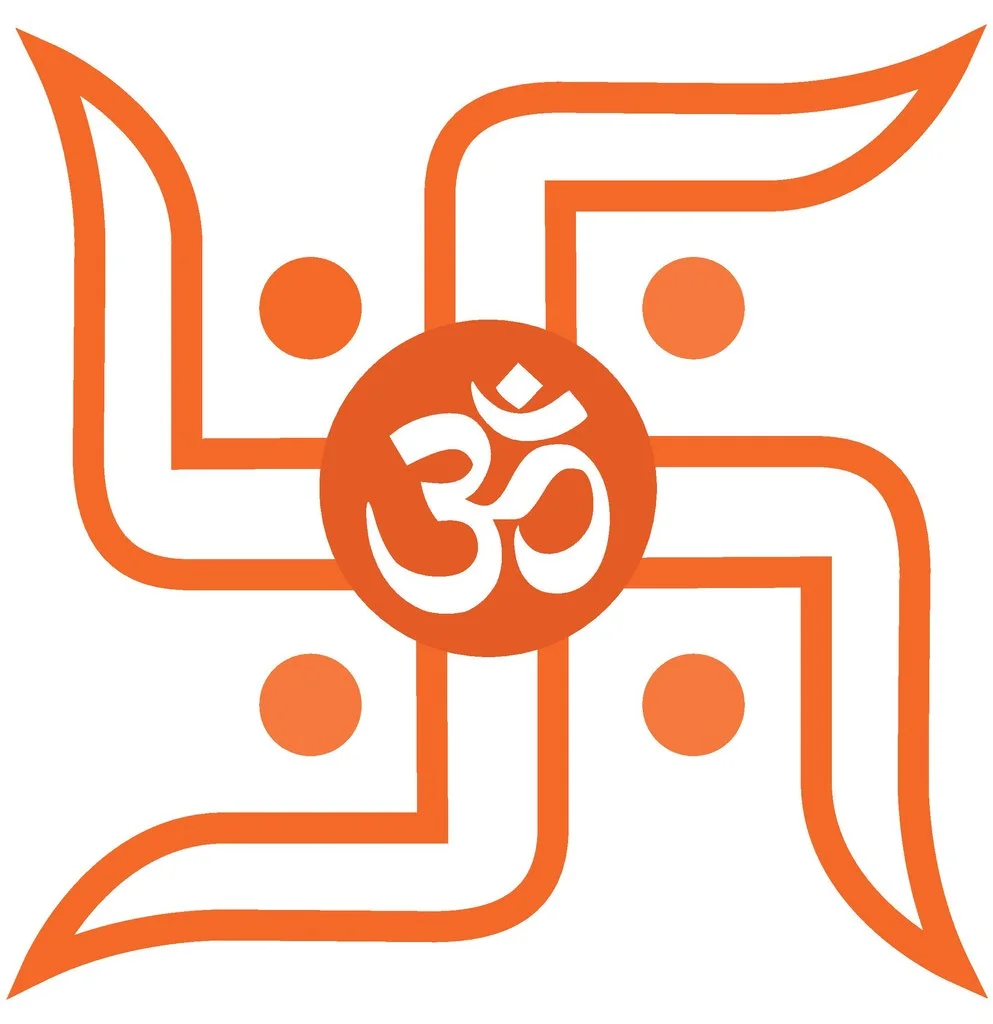
According to general observation, the so-called “Hindu liberal” attitude is developing more into a trend. It brings in the stereotype of self-disapproval in the name of modesty and modernization, where narratives play a significant role.
Hindutva, like an antibiotic, may have its side effects, but it serves a purpose that should conclude over time before transforming into fundamentalism. Hindutva can ideally fulfil its role by reclaiming and restoring what is lost. Deciding its conclusion would pave the way for revitalizing the authentic Indian system and grasping true Indian values. These values would then form a robust foundation for the constitutional structure in the context of national interest. Resetting the scale to zero is the current necessity.
Revival – Amalgamation – Revolution – Evolution
The widely cited saying—“ekam sat, vipra bahudha vadanti”—communicates this philosophy and is the cornerstone of Hindu spiritual thought. Hindus traditionally hold a fundamental faith in the existence of multiple ways to seek salvation, preventing engagement in a resultant competition for supremacy. The existence of a sole religion seems technically impossible due to traditions that confuse intellectuals with numerous texts, sub-texts, stories, Puranas, and mythologies. Finally, it zeroes in on the ‘Vedas,’ describing their amorphous nature.
Reviving the idea behind the Indic traditions and system is necessary. The traditions, evolving and changing with time, should replace a religious base with a system based on logic and rationale. We need to process proper reason and compatibility with fundamental rights, which will strengthen the system and bring in sensibility that is currently lacking. We must take care of any custom, tradition, or law that may affect or become a threat to humanity and people’s ability to reason.

Way Forward
Restoring Hinduism, a philosophy and system based on rationale and sense, is essential in its purest form. This restoration should genuinely blend other traditions and cultures for an evolutionary output. India cannot flourish if it rejects its evolution by integrating different customs, beliefs, and styles while failing to understand enhanced diversity. The key lies in acculturation. We must decipher the above parameters to frame a law, recognizing that it may never be a one-time process as it deals with a dynamic system.
On the national level, we need to address the existing vagueness, misconceptions, rigidity, and fallacies. Viable options do not include outright rejection or outright acceptance; instead, we need selective appropriation. The challenge today lies in achieving understanding, clarity of conception, and disseminating information.
Until the public gains lucidity, nothing will alter. Transformation and change in the thinking process are necessary from all sides, as the problem persists that no one wants to change their mentality and attitude and see things correctly as they are or should be. As the saying goes, old habits die hard, and people are habituated to what they have been listening, learning, and seeing all this time, whereas Vivek remains blunt.
About the Author
Simran Goyal

Intrigued by art, architecture, culture, mythology, and history, I’m a Kathak dancer connected to the world of experience, an avid reader, and a socio-political enthusiast. The dynamics of geopolitics, sanity, strategic studies, and socio-political issues captivate me in unconventional ways. I aspire to transform societal perspectives and debunk false narratives. Observing the world out and within, I cannot stay shut; my analytical mind compels me to address matters that interest me, advocating for substantive change.

